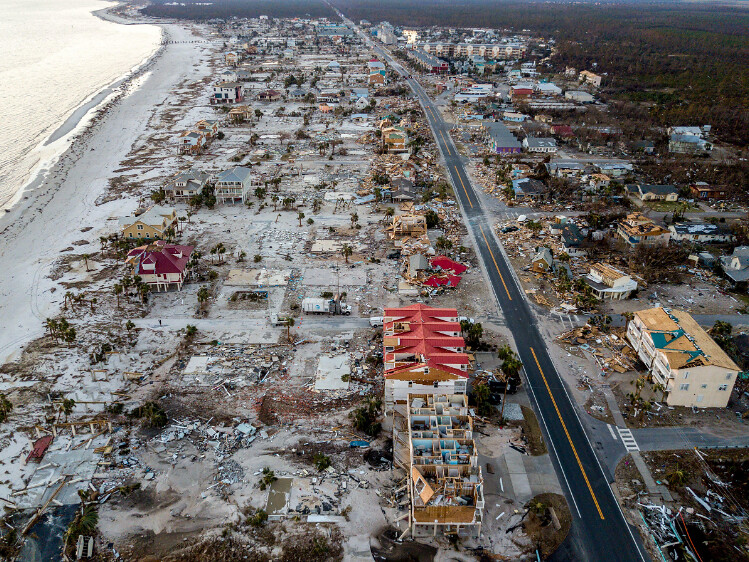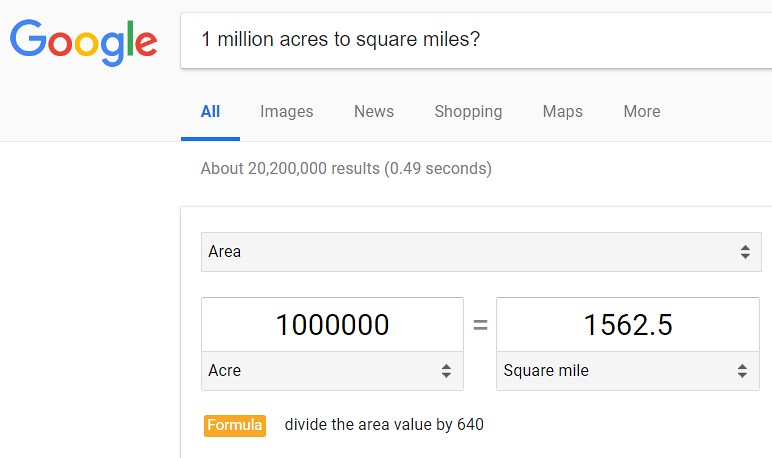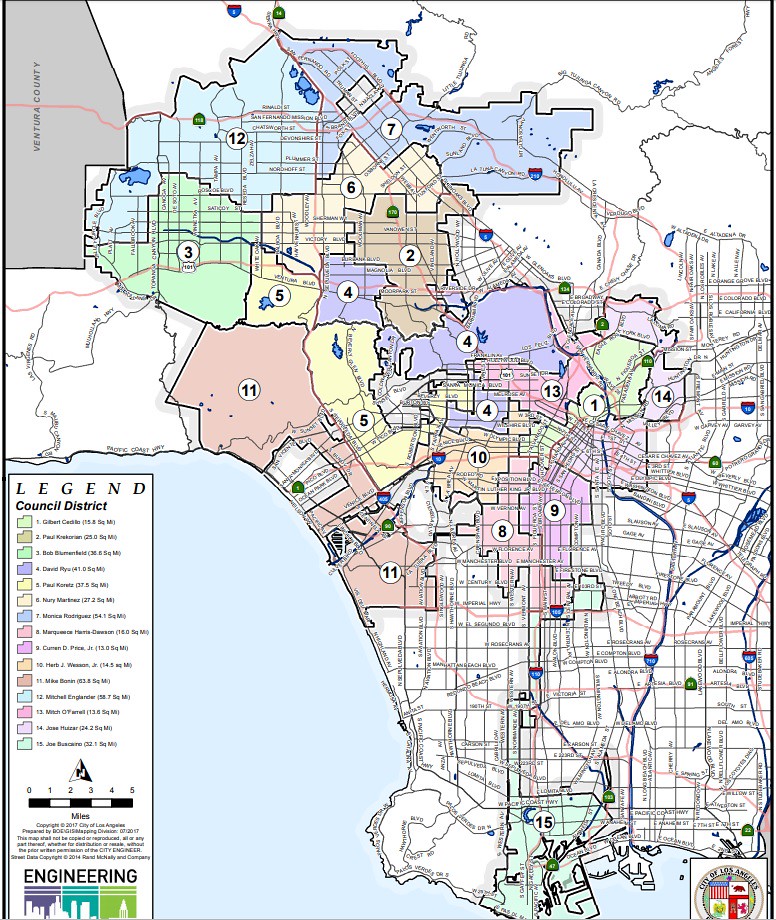Source: National Audubon Society
The news media is great at shining a large (huge) spotlight on any particular event and making that news which will widely discussed. At the same time, the news tends to move on quickly to the 'next big story' -- and leaves the aftermath in the dark only for those who suffer to live with for years. This is particularly true of natural disasters such as hurricanes and fires which devastate our nation at different times throughout the years. Hurricane Michael left damage which will not be forgotten by residents of Florida for years -- as highlighted below - briefly.
How large was the impacted area?
With the wild fires raging out West in California, the East Coast has been under repair from the devastation caused by Hurricane Michael. Hurricane Michael was a category 4 hurricane which destroyed parts of Florida leaving devastation and loss of life along with loss of resources. According to a briefing by Politico Agriculture, the total damage to crops was enormous:
Florida ag took $158M hit from Hurricane Michael: Nearly 1 million acres of crops were damaged in the storm, not including timberlands, according to economists at the University of Florida's Institute of Food and Agricultural Sciences. Specialty crops in the Panhandle, like melons and tree nuts, suffered the most damage. POLITICO Florida's Matt Dixon explains the findings.
Just crops alone tallied up to 1 million acres. Similar to the news addressing an issue then moving on, I find reading the statistic above of 1 million acres easy to gloss over and move on too. Although, when a person (such as myself) stops to think about the size of a million acres and the potential loss of crops, I find the size astonishing to say the least.
As a result, I tried to imagine a geographical area to which I could compare the size of 1 million acres to. I will walk you through the process below of reasoning out with dimensional analysis the magnitude of a million acres. To start with a unit conversion needs to be accomplished. What units to what units? I do not typically view sizes of land in units of 'acres' - I cannot speak for you.
Therefore, first, we have to ask the question of Google: 1 million acres to square miles? Not very well worded, but the algorithm by which Google operates on will know how to sort out the query. The answer is shown below:
The answer indicates that there are roughly 1500 square miles in 1 million acres (1571 square miles to be exact). Next, a metric is need for comparison. Since I live in North Los Angeles, I chose the city of Los Angeles to use a 'metric' for a comparison in the current analysis.
How does that area compare to the size of Los Angeles?
To find out the size of the city of Los Angeles, just simply consult the 'Wikipedia' page for the city of Los Angeles which has statistics of the city on the side of the web page. The total square area in miles of the city of Los Angeles is 502.76 square miles in total. A map is shown below of the city council districts for the entire city of Los Angeles shown below:
Source: Los Angeles
The city of Los Angeles is very large - so large that the city is broken up into 15 council districts -- each with a council member representing the geographical area of the city. According to the 'Wikipedia' page above for the city of Los Angeles, the total square miles is around 502 sq. mi. -- which is large.
How does the size of Los Angeles compare to 1 million acres of damaged crops in Hurricane Michael?
Hurricane Michael has caused devastation to crops at around 1 million acres. If the area of the city of Los Angeles is used as a metric for comparison, then 3 copies of the city of Los Angeles would be required. Yes, wow -- the total damage to crops down in Florida from Hurricane Michael is equal to roughly three times the size of Los Angeles!
Conclusion...
Analyses such as the one above again drive home the point (magnitude) of disasters like Hurricane Michael. The news media might just run to the next "big story" despite the tremendous amount of damage done by the current storm. Hurricane Michael has caused damage which will take years to repair. The total damage caused by such a devastating storm as Hurricane Michael takes time to tease out. Although, as the numbers come in, think of the size (magnitude) of the devastation from this analysis to rationalize the total extent of the cost and damage to the communities which are impacted and will continue to be for generations to come.
Related Blog posts:
A Forecaster Predicts That Hurricane Florence Will Drop Enough Rain To Fill 18,400 Mercedes-Benz Superdomes
Hurricane Harvey Drops Enough Rain On Houston To Fill 560 Dallas Cowboy Stadiums
How Much Water Is Contained In All Oceans Around The Globe?
Storm Raises Water Level In Lake Cachuma By 31 feet, How Much Water Is That?
How To Make Sense Of Water Flowing At 100,000 Cubic Feet Per Second
Can 11 Trillion Gallons Of Water Fill 14,000 Dallas Cowboys Stadiums?
How Much Rain Did The East Coast Receive From Hurricane Matthew?
How Much Rain Did Haiti Really Receive?
How Big Was The "Water Bomb" Of Rainfall In Macedonia?
How Much Rain Did Elliot City (Maryland) Really Receive?
If The Mosul Dam Breaks, The City Of Mosul Would Be Under 65 Feet Of Water?
What is the volume of water in a few inches of rain?
Volume of Waste in the Mine Spill (in Brazil) Equivalent to 78 Deepwater Horizon Oil Spills



No comments:
Post a Comment